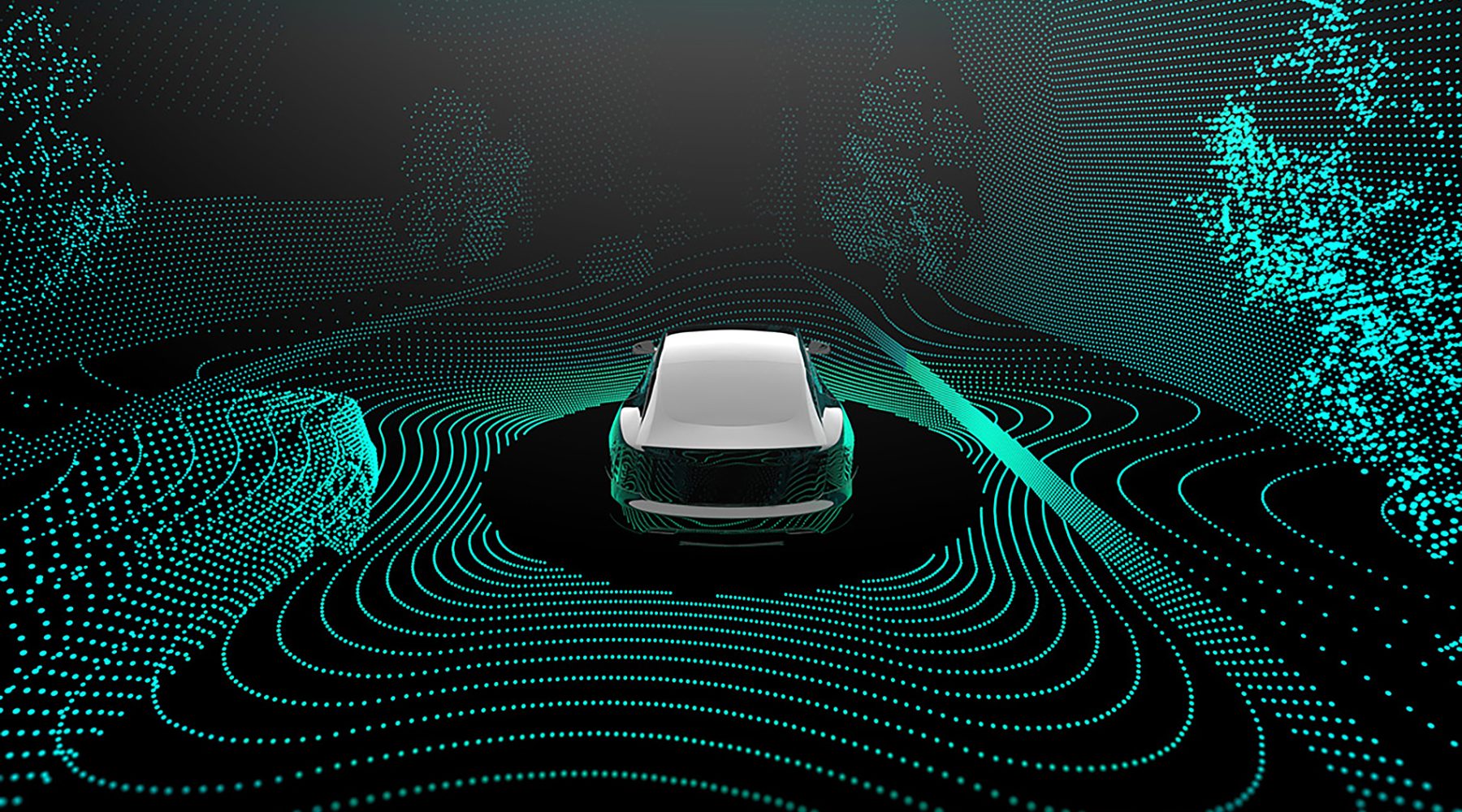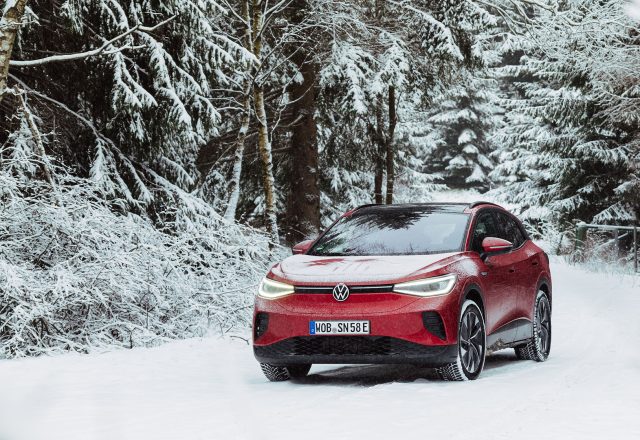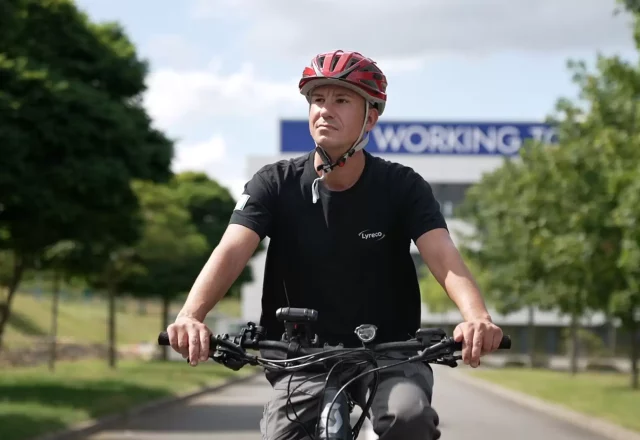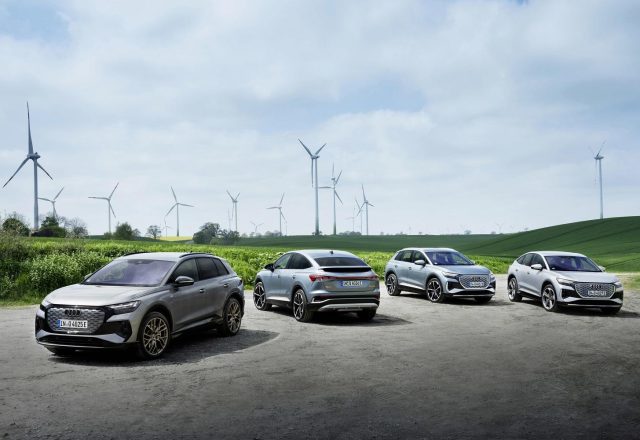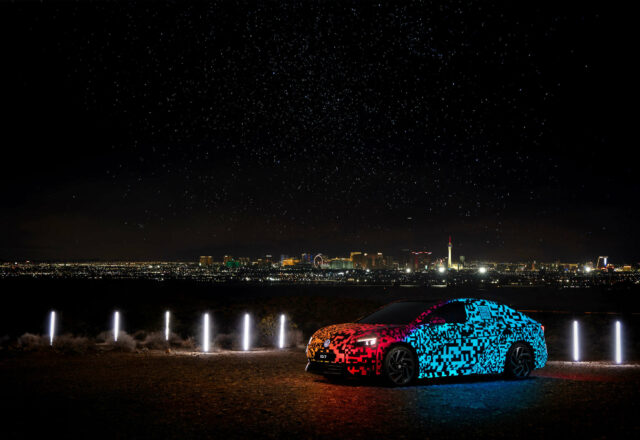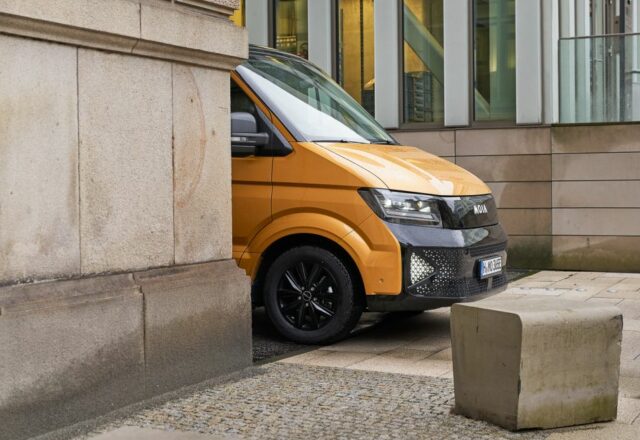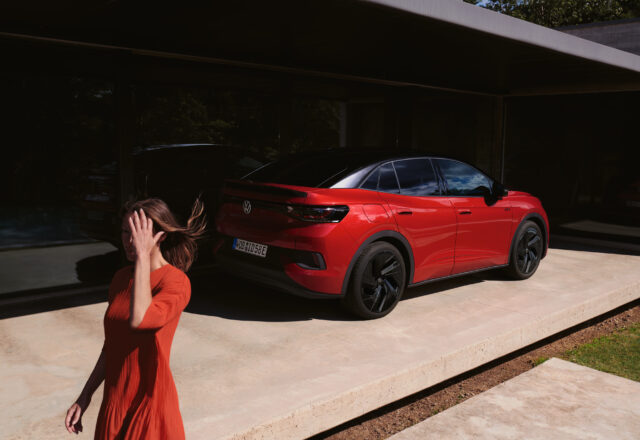Assist systems for company cars pay off. Read here which features are a must for fleet managers when it comes to configuring company cars in order to avoid damage costs and ease the burden on employees.
Identifying the right assist systems
Anti-lock brake system (ABS), electronic stability control (ESC), park distance control (PDC), lane departure warning – the list of driver assist systems has grown enormously in recent decades.1) Some of these come as standard in virtually all model classes, while others are available for an extra charge – either individually or as a package. Making the right choice in each case has definitely become a challenge for many fleet managers. Yet the extra costs that assist systems involve generally pay off: on the one hand, they can help to reduce the potential costs and expenses incurred in processing claims, while on the other hand they can increase the satisfaction and safety of employees in the long term.
Before looking at the configuration of new company cars, it is worthwhile taking a look at the statistics from our own fleet. Which kind of damage and accidents occur especially often? Which type of route profiles are most common with business trips? Such questions help in deciding which assist systems to invest in going forward.
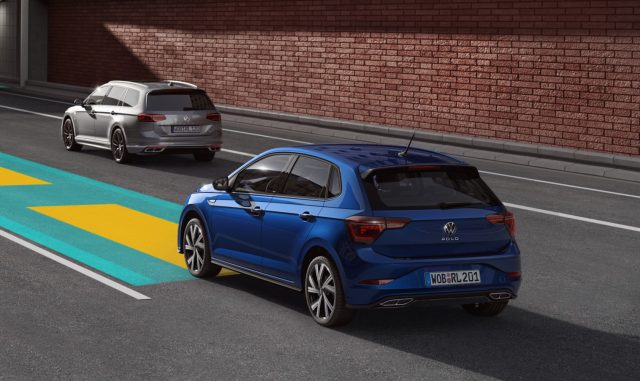
Avoiding accidents in hectic everyday working life
Assist systems that enhance safety should be a must in any case – as the saying goes “Better safe than sorry”. For example, the optional turn-off assist1) uses radar sensors and a front camera to scan the oncoming lane. If the driver fails to notice an oncoming vehicle when turning across traffic, the system can brake automatically and therefore potentially reduce the consequences of a serious collision, or even prevent it.1) Similar optional emergency braking systems1) also keep an eye on the traffic ahead and can alert, brake and help with evasive action if a pedestrian, cyclist or other vehicle gets dangerously close.1)
Meanwhile, the optional lane departure warning1) is worthwhile if employees often have longer journeys to make. It can support the driver with subtly perceptible steering interventions if the vehicle threatens to drift out of the lane on motorways and main roads. The lane departure warning1) incidentally teams up well with the optional lane-change warning1). The latter looks back and uses a LED light unit integrated in the exterior mirror to warn of vehicles in the blind spot or approaching very quickly from behind.1) The optional exit warning system1) is advisable for frequent journeys in confined and hectic urban areas and ideally complements the lane-change warning system. Its task: it monitors the area behind the parked car and can issue a visual and acoustic warning when opening the door if traffic is approaching from behind.1)
Greater comfort on longer journeys
Travel assist systems are often accompanied by a great deal of extra comfort. The optional lane departure warning1), for example, can help the driver to keep within the lane at a speed of more than 63 km/h.1) Volkswagen models can be configured with Travel Assist1) for an extra charge. It can maintain a distance from the vehicle in front and even change lane on motorways thanks to the auto lane changing feature.1) The result with both assist systems is ideal: noticeable easing of tension and enhanced driving comfort especially on longer or monotonous journeys. Incidentally, because the driver also has to be able to intervene swiftly when assist systems are activated, a touch-sensitive steering wheel registers whether the driver’s hands are always on the wheel.
Fewer scratches, less stress when parking
Fleet managers who regularly have to deal with damage caused by unfavourable parking manoeuvres should book the optional park assist1) additionally in the future. There are different versions available: the park assist system1) first measures the size of a parallel and perpendicular parking space when slowly driving by. If the space is large enough, it steers the car correctly into the space – the driver only has to accelerate, select the gear and brake.1) This feature even works with trailers since the trailer manoeuvring system1) makes what is usually a very difficult procedure very easy to master.
When reversing out of a parking bay, the cross-traffic assist checks the road behind1) and warns the driver of critical situations acoustically, visually and with a braking jolt.1) Audi goes a step further with its optional Park Assist Plus1) or remote Park Assist Plus1) (depends on the model), which steer the vehicle automatically into a parallel space or parking bay and out again by accessing the steering, accelerator, brake and tiptronic. The driver monitors the manoeuvre, but does not need to sit in the car, rather simply starts the remote Park Assist Plus1) via his*her smartphone using the myAudi app. A real eye-opener.
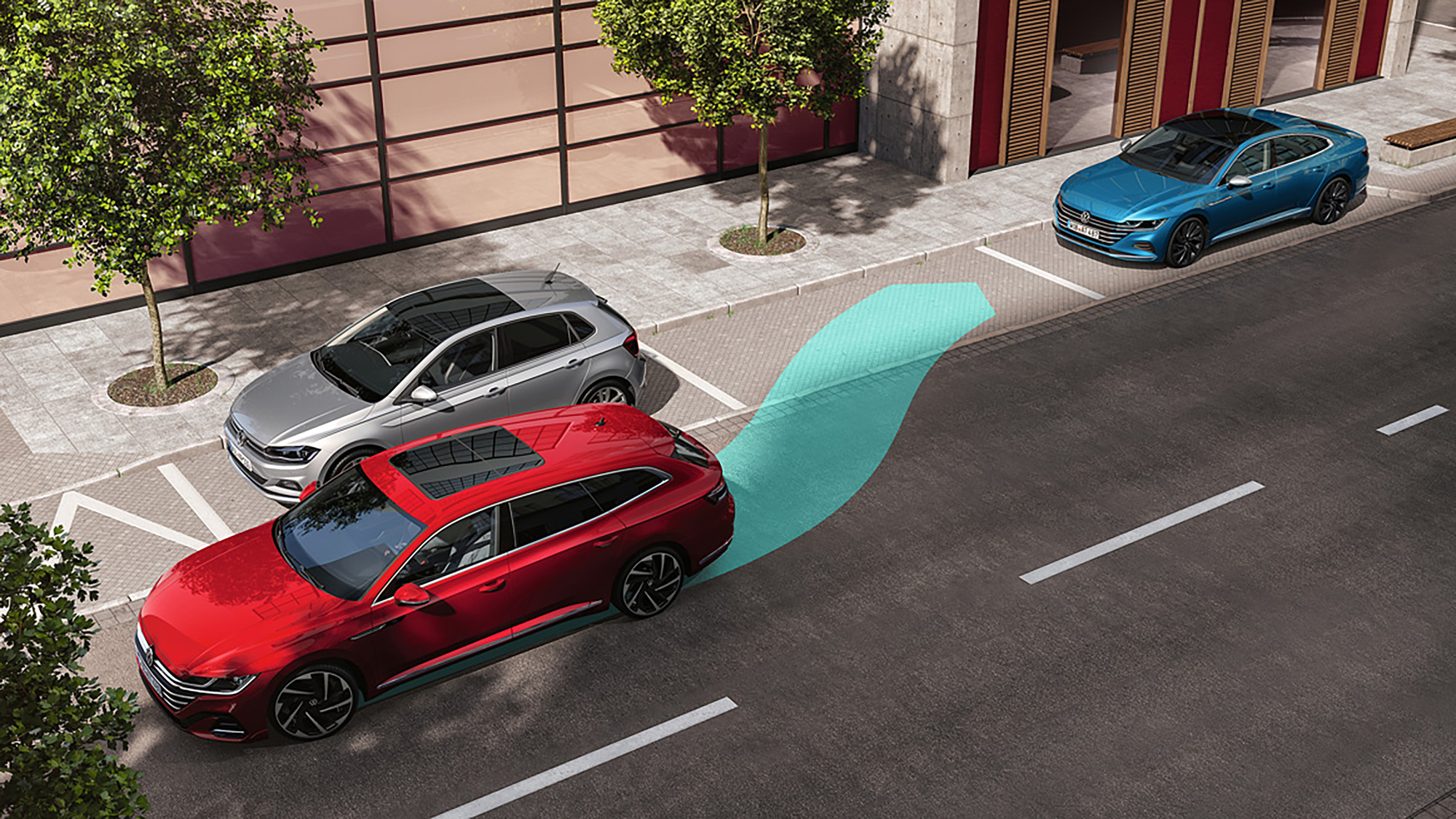
The Park Assist automatically steers a vehicle – for example the Arteon Shooting Brake (fuel consumption in l/100 km: Combined 7.2-4.1; CO₂ emission in g/km: Combined 165-107; efficiency class: C-A+) – into the space within the limits of the system. The driver just needs to operate the clutch, accelerator and brake. The Park Assist does the rest.
Enhanced driving vision
Assist systems not only allow greater comfort, however, they can also provide support for anticipatory, fuel-efficient driving. In addition to the elective driving modes offered on many vehicles, Audi optionally offers an efficiency assist1), for example, as part of the Tour driver assist package. This system works closely with the adaptive cruise control or adaptive cruise assist1) and accesses the navigation system’s predictive route data. The efficiency assist uses the front camera and the data from the front- and rear-facing radar sensors to identify road signs and other vehicles.
The systems actively perform the following controls when the adaptive cruise assist and adaptive cruise control are activated: in conjunction with route data from the navigation system and traffic sign recognition, they decelerate and accelerate the vehicle predictively and adjust the speed to the course of the road, the current speed limit and the traffic situation, also taking vehicles travelling ahead into account. If the driver wants, the systems regulate coasting and “sailing” mode of the drive in combination with other control units. This feature is especially beneficial with hybrid or electric models since electrical energy released during gliding and braking is fed back into the battery in a process called recuperation, thus allowing the range to be increased. When used consistently, such assist systems offer enormous potential to reduce petrol and electricity costs in the long term in company fleets.
And looking further ahead again, more highly automated functions will ensure in the future that vehicles can travel largely or even completely autonomously.
A look at the statistics
In 2020, the police recorded some 2.2. million road traffic accidents according to the Federal Statistics Office – significantly fewer than in previous years. The most frequent cause of accidents involving personal injuries was errors when turning, changing direction and reversing – followed by insufficient distance and not giving way. According to the Federal Highway Research Institute (BASt), the average property damage costs arising from an accident with personal injuries amounted to around €17,000. In comparison, comprehensive packages with various assist systems cost between €1,000 and €5,000.
The following applies to all assist systems: availability depending on the model and market.
1) Please note: The systems only operate within system limits and support the driver. The driver remains accountable for taking due responsibility and paying the necessary attention to road traffic.
The specified fuel consumption and emission data has been determined according to the measurement procedures prescribed by law. Since 1 September 2017, certain new vehicles are already being type-approved according to the Worldwide Harmonized Light Vehicles Test Procedure (WLTP), a more realistic test procedure for measuring fuel consumption and CO₂ emissions. Starting on 1 September 2018, the WLTP will gradually replace the New European Driving Cycle (NEDC). Because it involves more realistic testing conditions, the fuel consumption and CO₂ emission values calculated in accordance with the WLTP are in many cases higher than those calculated in accordance with the NEDC. As a result, there may be corresponding changes to vehicle taxation starting on 1 September 2018. Further information about the differences between WLTP and NEDC can be found at https://www.volkswagen.de/wltp.
We are currently still required by law to state the NEDC figures. In the case of new vehicles, which have been type-approved according to the WLTP, the NEDC figures are derived from the WLTP data. Until it becomes compulsory, additional information about the WLTP values is provided on a voluntary basis. In cases where the NEDC figures are specified as value ranges, these do not refer to a particular individual vehicle and do not constitute part of the sales offering. They are intended solely for comparing different types of vehicles. Additional equipment and accessories (e.g. add-on parts, different tyre formats etc.) may change the relevant vehicle parameters, such as weight, rolling resistance and aerodynamics, and, in conjunction with weather and traffic conditions and individual driving style, may affect fuel consumption, electrical power consumption, CO₂ emissions and the performance figures for the vehicle.
Further information on official fuel consumption figures and the official, specific CO₂ emissions of new passenger cars can be found in the “Guide on the fuel economy, CO₂ emissions and power consumption of new passenger car models”, which is available free of charge at all sales dealerships and from DAT Deutsche Automobil Treuhand GmbH, Hellmuth-Hirth-Str. 1, 73760 Ostfildern-Scharnhausen or at https://www.dat.de.
Efficiency classes measure vehicles based on CO₂ emissions with due regard for the empty vehicle weight. Vehicles that correspond to the average are rated as D. Vehicles that exceed the current average are rated as A+++, A++, A+, A, B or C. Vehicles that are below average are described as E, F or G. The information provided here relates in each case to the EC type approval of the selected model and its standard equipment in accordance with European Directive 2007/46/EC. Optional equipment selected by you at the configuration stage can mean that your configured model corresponds to a different approved type due to the selected equipment than would otherwise be the case without the selected optional equipment. This may result in deviations in the specifications for your configured model. The specified CO₂ values are values established during type approval of the vehicle.
